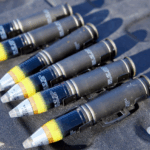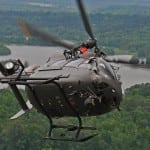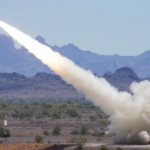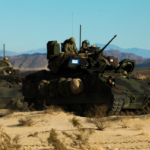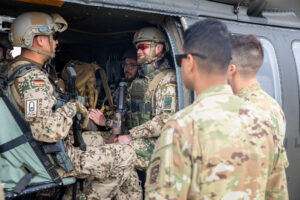
The Army last week began its third Experimental Demonstration Gateway Exercise (EDGE), with this year’s event bringing in more international partners and over 120 technologies to advance capabilities for sharing information and operating in the lower tier of the air domain. Maj. Gen. Walter Rugen, director of the Future Vertical Lift Cross-Functional Team (FVL CFT), told reporters recently this year’s EDGE 23 experiment will focus on use cases around deep sensing, mission command, operating networks in degraded and denied environments…

 By
By 